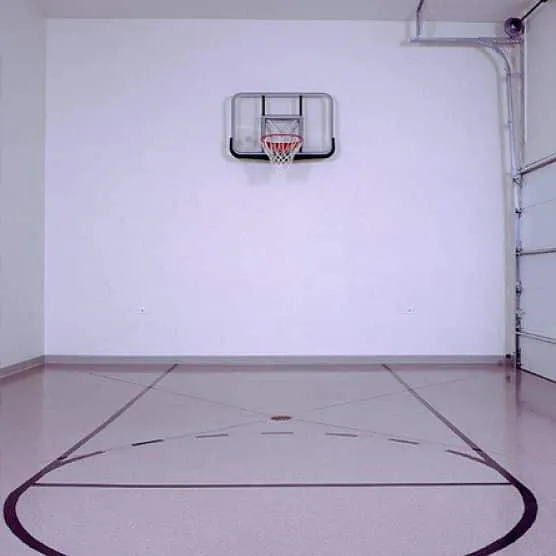No products in the cart.
Return To ShopE5520 Low Gloss Aliphatic High Performance Urethane
E5520 is a two component aliphatic polyurethane coating that exhibits excellent characteristics for impact and abrasion resistance, chemical resistance, flexibility, weathering, and UV stability. Easy to work with for a wide range of both indoor and outdoor commercial, industrial and residential concrete floor projects. Available in a standard low gloss clear. For even greater abrasion wear resistance consider using the High Wear 325 aluminum oxide additive. Low voc formula available for air shipment. Comes in 1.5 gallon, 3 gallon and 15 gallon kits.
PRIMER: Recommend the E5015 water based epoxy primers.
TOPCOAT: None recommended
E5520 Low Gloss Aliphatic Urethane Used?
- Garages
- Auto Service Centers
- Warehouses
- Computer Rooms
- Laboratories
- Aircraft Hangers
- Cafeterias
- Chemical Exposure Areas
- Indoor projects
Why E5520 Low Gloss Aliphatic Urethane?
- Outstanding durability with impact resistance of 160 in lb (Gardner Impact test)
- Excellent abrasion resistance Only 23 mg loss (Tabor Abrasion test) Reduced to as low as 10 mg loss using our High Wear 325 additive
- Excellent Chemical Resistance
- Aliphatic, UV Stable and will not yellow
- Great for Indoor Concrete Floor Projects
- Very Low voc 35 g/L, water based formula
